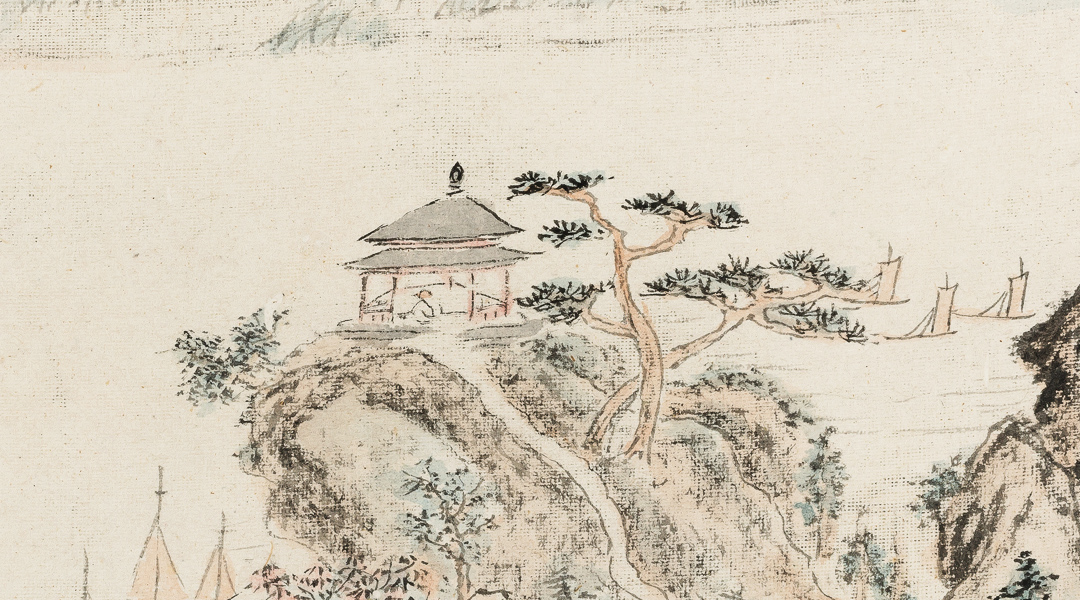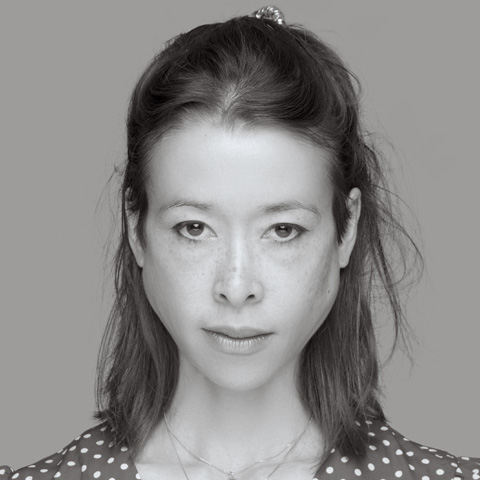Dr. Shao-Lan HERTEL
Director
Museum for East Asian Art (Cologne)
Fellowship Project
Dr. Shao-Lan Hertel will spend twelve months at the Tsinghua University Art Museum in Beijing, China where she will curate a special exhibition based on her research on the museum’s collection of over 300 Chinese calligraphy works dating from the Ming to the contemporary era. It will be the first comprehensive exhibition of the museum’s calligraphy collection.
Biography
Dr. Shao-Lan Hertel is currently the Director of Museum for East Asian Art Cologne. She graduated from the Freie Universitaet Berlin with a doctorate in East Asian Art History, and subsequently served as Assistant Professor at the university’s Art History Institute and as Postdoctoral Fellow at Tsinghua University Art Museum. Her research specialises in Chinese calligraphy and ink art, with a focus on the late imperial, modern and contemporary periods, as well as cross-cultural exchange. Her dissertation studied the calligraphy art by the late-Qing/Republican-period artist and theorist Huang Binhong (1865-1955) and his successors. During her PhD studies, she was granted a one-year scholarship by the Chinese Scholarship Council and the German Academic Exchange Service to conduct research at the Research Center for Chinese Modern Calligraphy at the China Academy of Art in Hangzhou, China.
Recent Development and Achievement
On July 1, 2023, Dr. Shao-Lan Hertel assumed post as director of the Museum for East Asian Art Cologne (Museum für Ostasiatische Kunst Köln), Germany.
Selected Publication(s)
Monographic
- Between Zheng Fu (1622–1693) and Zhang Ding (1917–2010): Three Hundred Years of Metal- And-Stone–––Seal- and Clerical- Script Calligraphy in the Collection of Tsinghua University Art Museum (TAM). Postdoctoral dissertation, Tsinghua University, 2021, Tsinghua University Library, Beijing.
- The Inner Workings of Brush-and-Ink: A Study on Huang Binhong 黃賓虹 (1865–1955) as Calligrapher, with Special Respect to the Concept of ‘Interior Beauty’ (neimei 內美). Doctoral dissertation, Freie Universität Berlin (online), 2017.
Edited volume
- Bergmann, A., Hertel, S., Noth, J., Papist-Matsuo, A., & Schrape, W. (Eds.) (2015). Elegant Gathering in a Scholar’s Garden: Studies in East Asian Art in Honor of Jeong-hee Lee-Kalisch. Weimar: Verlag und Datenbank für Geisteswissenschaften.
Contributions in edited volumes
- Hertel, S. (forthcoming). Reconstructing Early Modern Archtitectural Spaces in Late-Ming (1368–1644) and Early-Qing (1644–1911) China: Formats and Functions of Large-Scale Calligraphy. In Hopkins, A. (Ed.), Lost and Found in Translation: Citation and Early Modern Architecture. Cambridge: Cambridge University Press.
- 何小蘭(forthcoming)。〈追尋「線條的內美」:黃賓虹(1865–1955)、林散之(1898–1989)與王冬齡(1945–)之間的師承路徑及草書藝術的審美意義〉。載於寒碧(主編),《現象》。香港:商務印書館。
- Hertel, S. (2018). Whither the methods of the ancients? Huang Binhong’s clerical-scripted painting as a response to the “harmonious uniting of red-and-green and ink”. In Bergmann, A., & Lee-Kalisch, J. (Eds.), Transcultural Interwinements in East Asian Art and Culture, 1920s – 1950s (101 – 126). Berlin: Eine Publikation der Studien für Ostasiatische Kunstgeschichte, Freie Universität Berlin.
- Hertel, S. (2016). Re-membering the peach blossom stream: image, word, and commemoration in late works by Huang Binhong (1865–1955). In Li, S., & Ding, N. (Eds.), Selected Papers from the International Graduate Symposium of Art History, Peking University, 2013–2015 (55 – 82). Guilin: Guangxi Normal University Press.
- Hertel, S. (2016). Lines in translation: cross-cultural encounters in modernist calligraphy, early 1980s – early 1990s. Yishu: Journal of Contemporary Chinese Art, 15(4), 6 – 28.
- Hertel, S. (2016). Concept of transformation or transformation of concept? Investigating a calligraphic lineage in twentieth-century China. In Lee-Kalisch, J., & Renger, A. (Eds.), Meister und Schüler. Master and Disciple: Tradition, Transfer, Transformation (339 – 356). Weimer: VDG.
Journal articles
- Hertel, S. (2020). Deterritorializing Chinese calligraphy: Wang Dongling and Martin Wehmer’s “Visual Dialogue” (2010). The Journal of Transcultural Studies, 11(2), 113 – 149.
- Hertel, S. (2020). Creating academic-museal dialogue in-between ivory towers and unwritten pages: Tsinghua University Art Museum and its collection of Chinese contemporary calligraphy. Génération: Histoires nouvelles en Chine et en Asie de l’Est, 37(2), 93 – 137.
- Hertel, S. (2020). Of Kowloon’s uncrowned kings and true recluses: commemoration, trace, and erasure, and the shaping of a Hong-Kong-topia from Chen Botao (1855 – 1930) to Tsang Tsou-choi (1921 – 2007). Art Research, 1, 24 – 34.
- Hertel, S. (2019). Tasting antiquity in a ‘newborn palace of art’: collecting and displaying Chinese calligraphy at Tsinghua University Art Museum. Yishu: Journal of Contemporary Chinese Art, 18(4), 23 – 44.
- Hertel, S. (2017). Texturing the landscape: stone-engraving traditions in China as human refinement, a contemporary position. Ritsumeikan Studies in Language and Culture, 28(4), 21 – 31.
Catalogue contribution
- Klaas Ruitenbeek (Ed.). (2017). Faces of China: portrait painting of the Ming and Qing dynasties (1368 – 1912). Petersberg: Michael Imhof.



